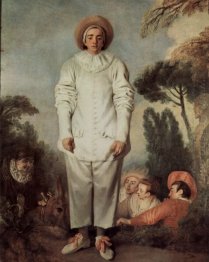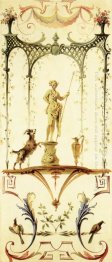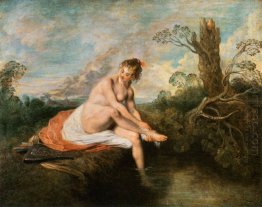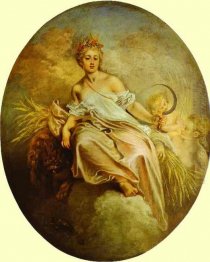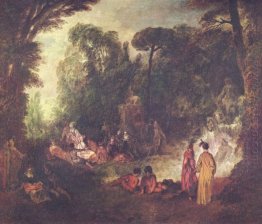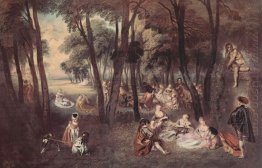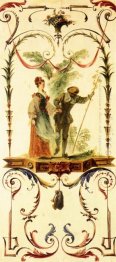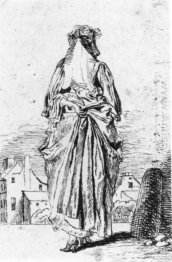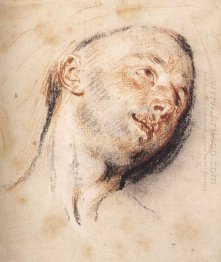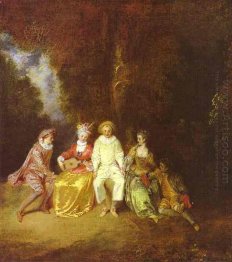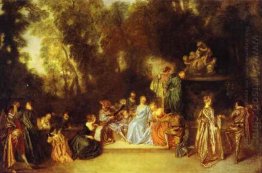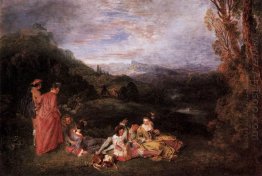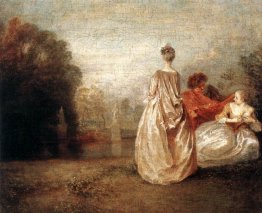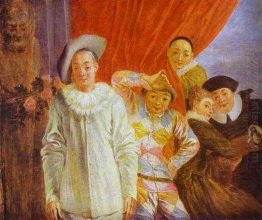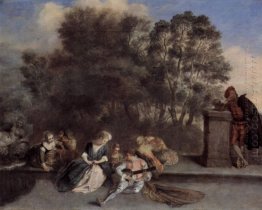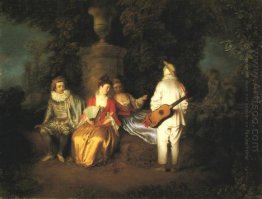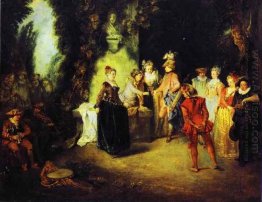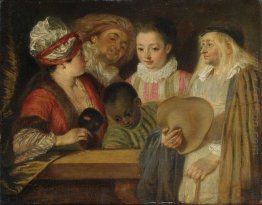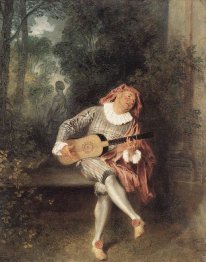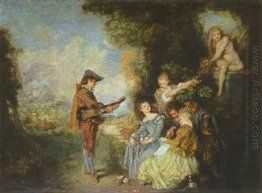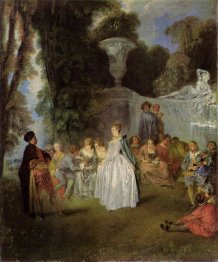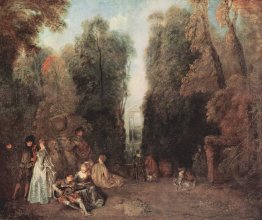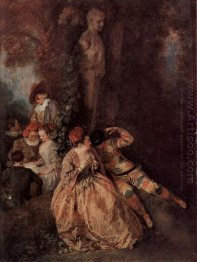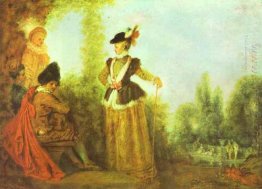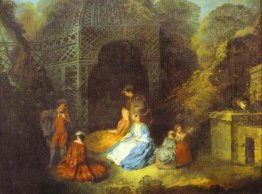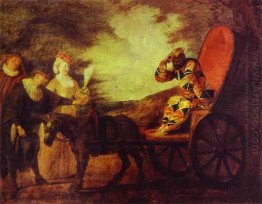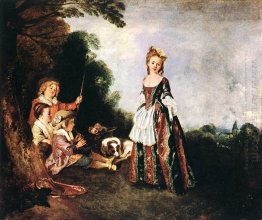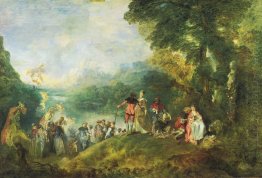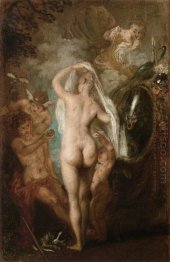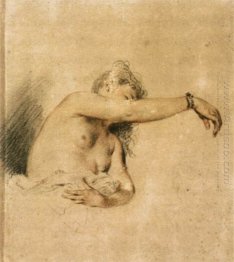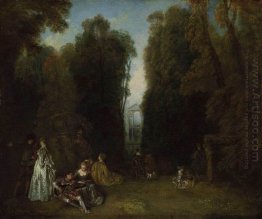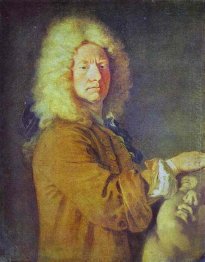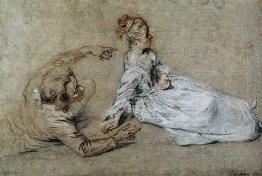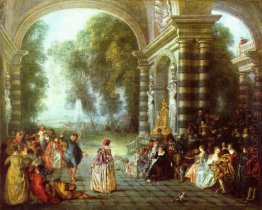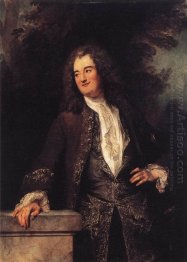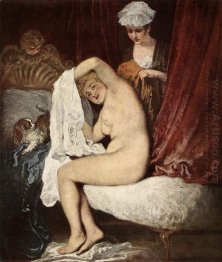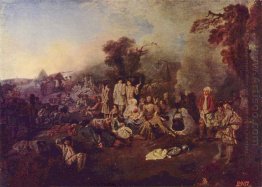Antoine Watteau
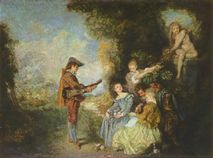
Antoine Watteau was born on October 10, 1684, in Valenciennes, a Flemish town that had become French shortly before his birth. In 1702 he went to Paris, where he eked out a living as a painter for a dealer in cheap devotional pictures. He later studied under the French engraver and stage designer Claude Gillot, from whom he gained an interest in the character of the fashionable Italian commedia dell'arte.
About 1708 Watteau began to work with the decorative artist Claude Audran, curator of the Luxembourg Palace collections. In 1709 Watteau placed second in the competition for the Prix de Rome and thereafter received many important commissions. Named an associate of the French Academy in Paris in 1712, he was elected to full membership in 1717.
By 1719 Watteau was suffering from tuberculosis. That year he traveled to London to see a noted physician, Richard Mead, for whom he painted The Italian Comedians. In 1720 he returned to Paris and stayed with his friend E.F. Gersaint, an art dealer. For him he did Enseigne de Gersaint, a painting of the interior of Gersaint's shop intended for use as a signboard. Watteau's health continued to fail, and he moved to Nogent-sur-Marne just east of Paris, where he died on July 18, 1721.
Watteau's canvases reflect the influence of the great Flemish painters, particularly Rubens, and of the Venetian school of painting. Antoine Watteau is regarded as one of the outstanding artists of the rococo period and as a forerunner of 19th-century impressionism.







